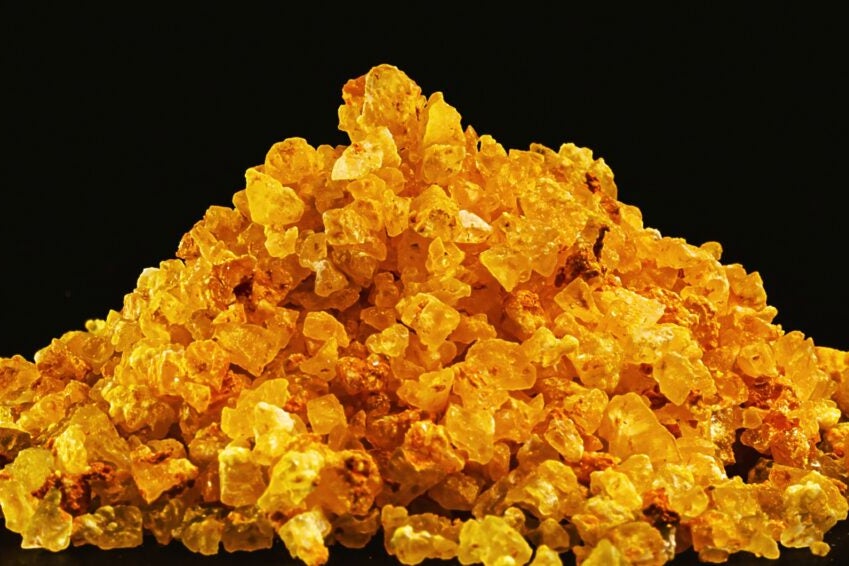The spot uranium price hit the highest level in over a decade, reaching $92 per pound. The major catalysts include global efforts to triple nuclear power capacity by mid-century, supply challenges plaguing major producers like Cameco CCOCCJ and a potential U.S. Congressional ban on Russian uranium.
Cameco, Canada’s largest uranium producer, has faced challenges meeting the increased demand, signaling potential supply shortfalls. On the latest earnings call, the management mentioned the possibility of buying up to 8 million pounds to fulfill contracts.
Uranium mining is the primary source of Cameco’s revenues, attributing to 79.2%, with the rest coming from fuel services. The company splits its revenues between Canada (53.2%) and the U.S. (46.8%).
The rising uranium prices have contributed to the company’s profitability, sending the stock 89.7% higher in 2023. Now, it trades at over four times the average price-to-earnings ratio compared to its peers.
Yet, in recent weeks, the stock has been stagnant, decoupling from the spot market’s bullish momentum after the Investors Day in mid-December.
Cameco CFO Grant Isaac noted the firm’s advantage with nuclear power utility customers buying more than the current supply, stating that the company can meet the growing demand from “brownfield projects” and existing capacities.
Also Read: 4 Mining Stocks To Watch In 2024 – Aura, OceanaGold, Alphamin, B2Gold
The uranium market is relatively niche. It’s dominated by a handful of significant operators exploiting several key mines in a few countries. And developing new mines is costly and takes time.
Boasting a robust balance sheet with $1.9 billion in cash and $830 million in total debt, Cameco could engage in new projects.
Still, according to TheFly.com, the spot market doesn’t reflect the proper picture because very little uranium trades through it. Instead, buyers tend to lock in long-term contracts, planning the supply of their uranium needs for two years or longer. When miners have to turn to the spot market to fulfill their pre-determined obligations, the surging spot prices become akin to a short-squeeze trap.
Recently, 22 nations — including the U.S., Japan, Canada, Britain, and France — pledged to triple nuclear power capacity by 2050. Whether these plans are realistic remains to be seen.
The first new U.S. nuclear reactor since 2016 came online in August. This was a milestone in renewed interest in nuclear energy as a clean and sustainable power source. The global transition to clean energy, coupled with the nuclear resurgence, positions uranium as a crucial component in the fight against climate change.
Now Read: Barrick Gold Reportedly Revisits First Quantum Takeover For Copper Mining Expansion
Image: Shutterstock
Image and article originally from www.benzinga.com. Read the original article here.

